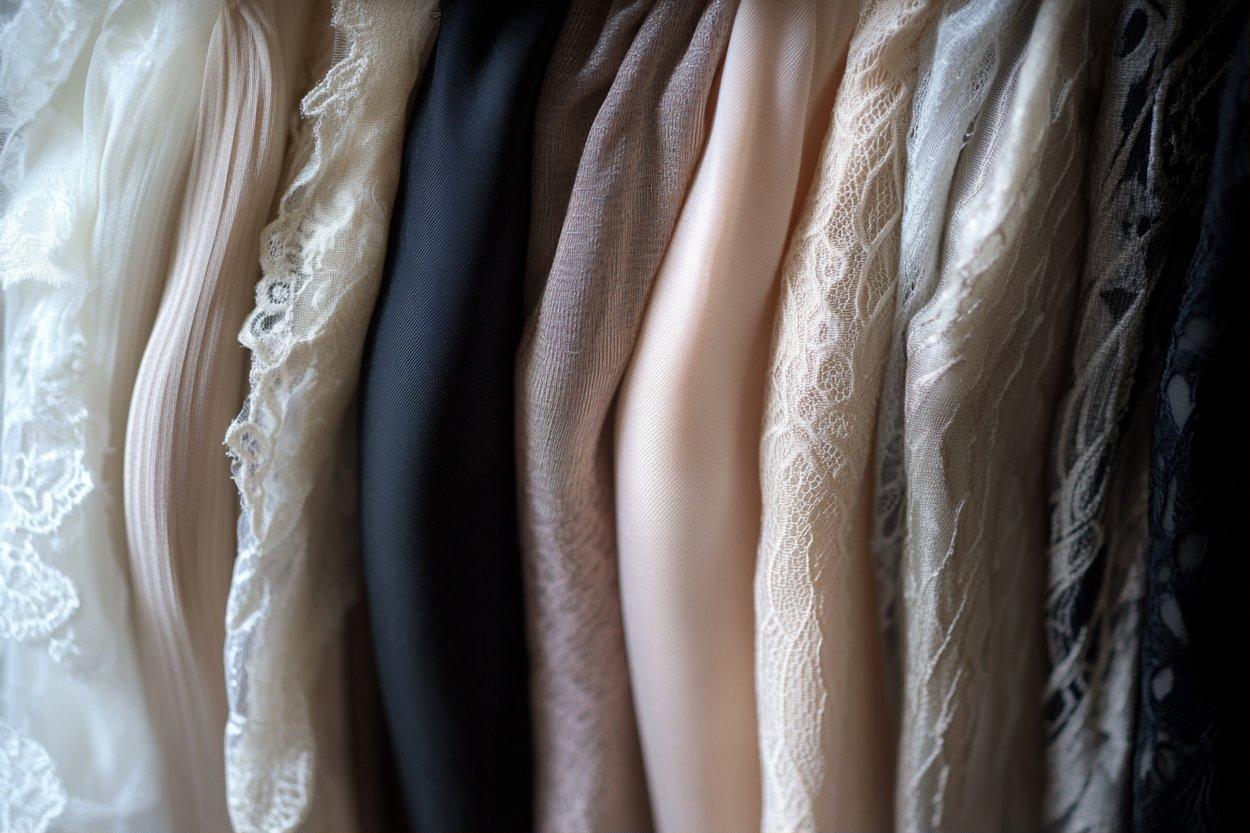Unveiling the Health Potential of Art Therapy: A Comprehensive Look into its Science, Benefits, and Challenges
Have you ever considered that the simple act of creating art can be a powerful wellness tool? Art therapy, an underexplored yet promising field in health sciences, offers numerous health benefits. Dive in to discover its historical roots, scientific basis, and practical implications.

The Evolution of Art Therapy: From Ancient Practice to Modern Medicine
The concept of art as a healing tool dates back to ancient civilizations. Cave paintings and tribal rituals were early forms of expressive therapy. In the 20th century, psychiatrists began recognizing the therapeutic potential of art, leading to the formal establishment of art therapy as a discipline. Recent years have seen an increasing volume of scientific research supporting its effectiveness.
The Science behind Art Therapy: How it Works
Art therapy operates on the premise that creative expression can foster healing and mental well-being. It integrates the fields of human development, visual arts, and the therapeutic process. Neuroscientific studies have shown that art-making can activate the brain’s reward pathways, reduce stress hormones, and even alter brain wave patterns, fostering a state of relaxation and positive mood.
Art Therapy in Modern Healthcare: Trends, Insights, and Research-based Recommendations
Today, art therapy is used in various healthcare settings, from hospitals to rehabilitation centers. It’s also gaining traction as a wellness strategy for the general population. Research has shown its efficacy in treating a range of conditions, including mental health disorders, chronic illnesses, and developmental disabilities. However, like any therapeutic approach, it’s not without challenges. The effectiveness of art therapy can vary from person to person, and more research is needed to fully understand its mechanisms.
Benefits and Challenges of Art Therapy
Art therapy offers numerous benefits: it can improve mental health, enhance self-awareness, and provide a creative outlet for emotions. However, it also poses challenges. Not everyone feels comfortable expressing themselves through art, and some may not find it as beneficial as traditional therapeutic methods.
The Practical Side of Art Therapy
Art therapy is not just for professional therapists. Here are some ways you can incorporate it into your wellness routine:
- Create a daily art journal to express your feelings.
- Use art to visualize your goals and aspirations.
- Engage in mindful coloring to reduce stress.
Remember, the goal is not to create perfect art, but to express yourself and enjoy the process.
In The Art of Wellness
Art therapy presents a unique intersection of creativity and wellness, offering a holistic approach to health. While more research is needed to fully understand its mechanisms and effectiveness, existing studies suggest it can be a valuable tool in promoting mental well-being. When it comes to health, perhaps it’s time we look beyond traditional practices and embrace the healing power of art.




